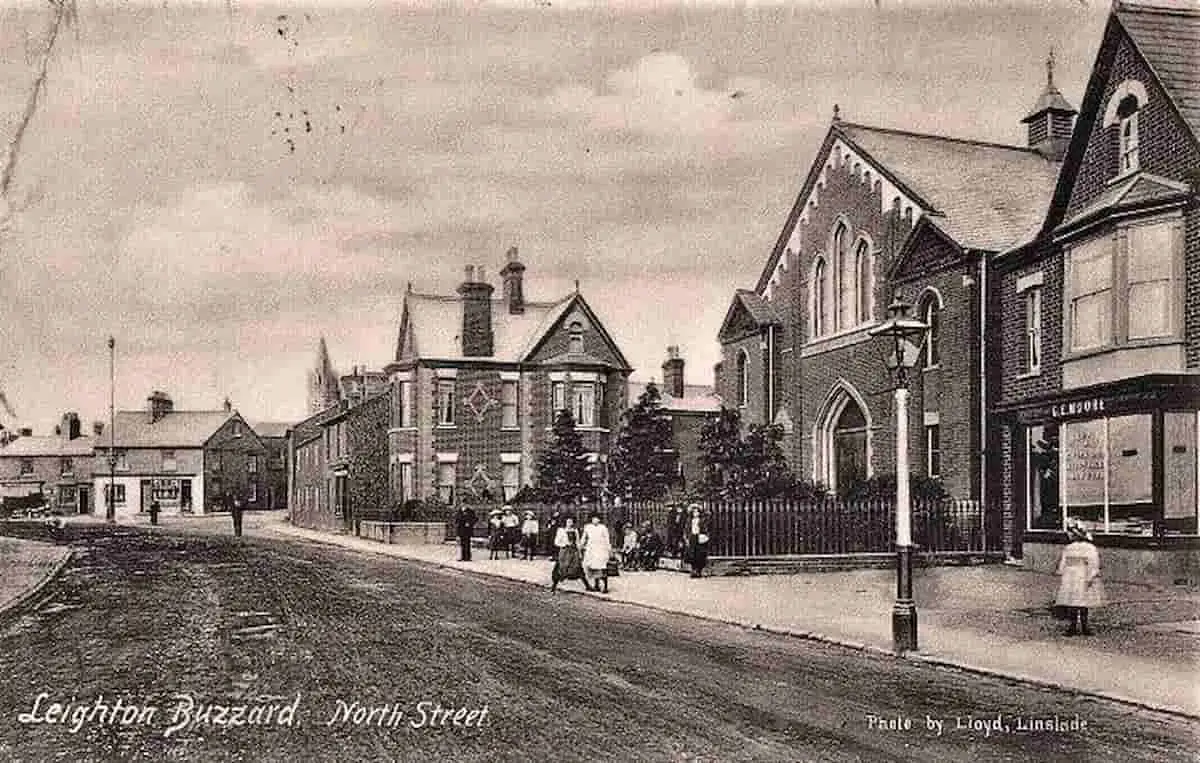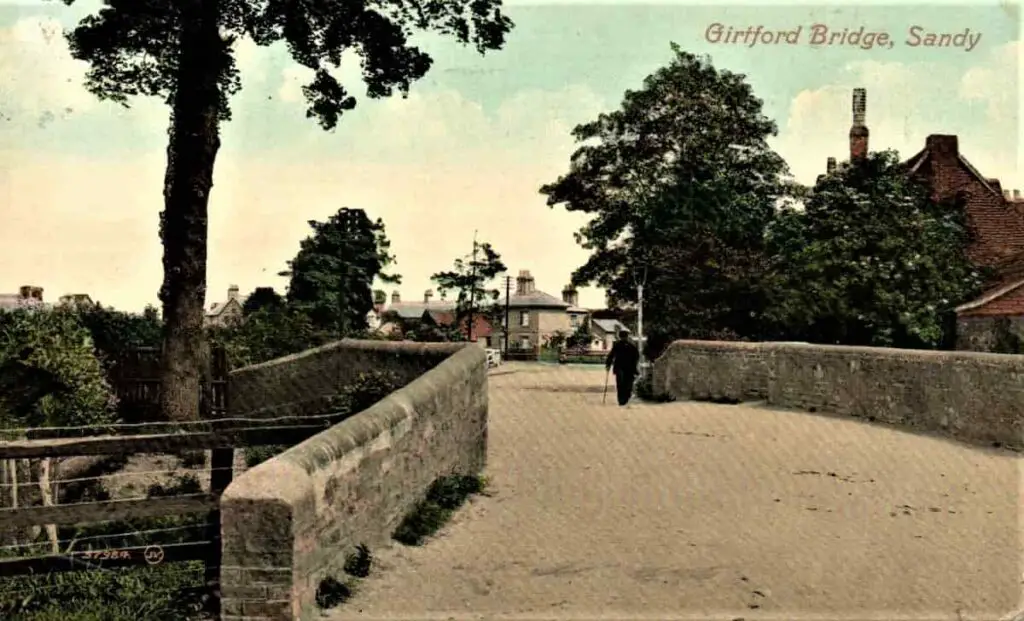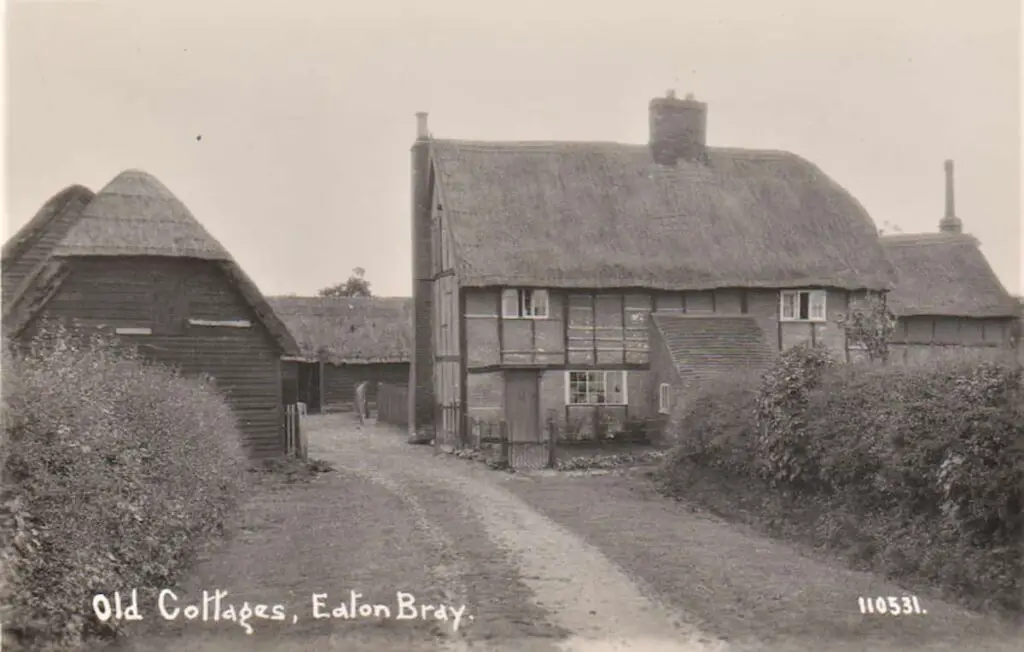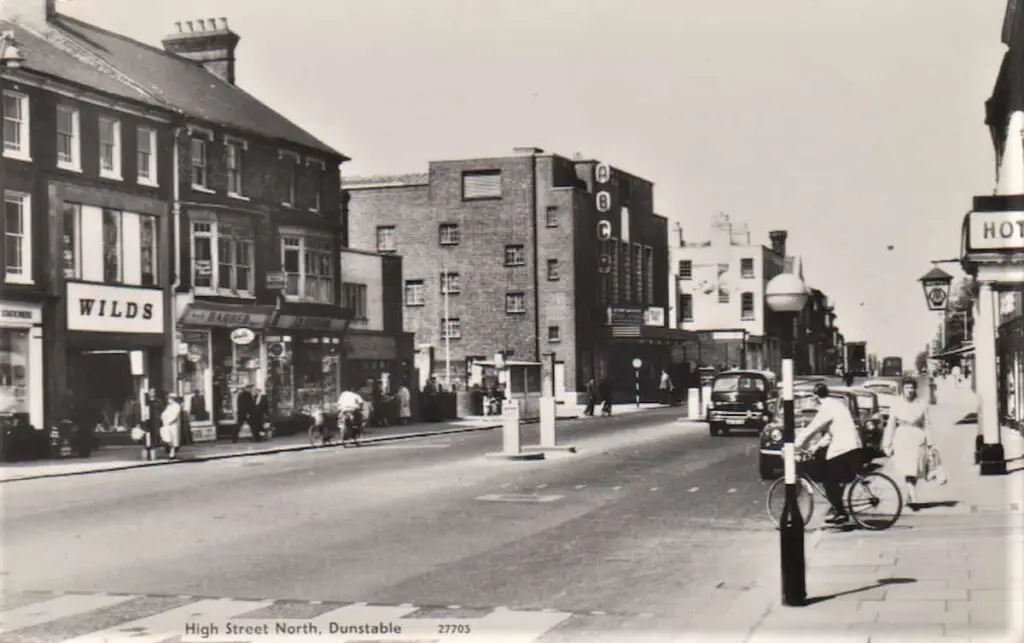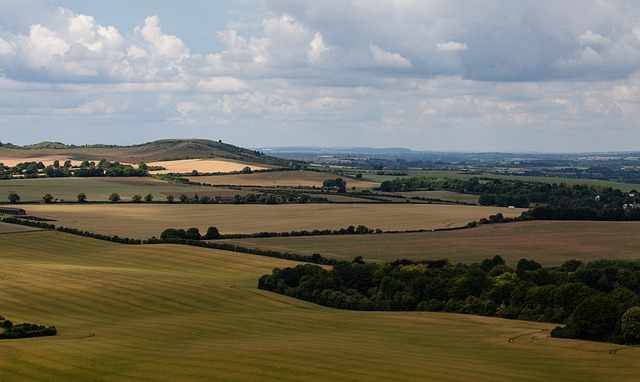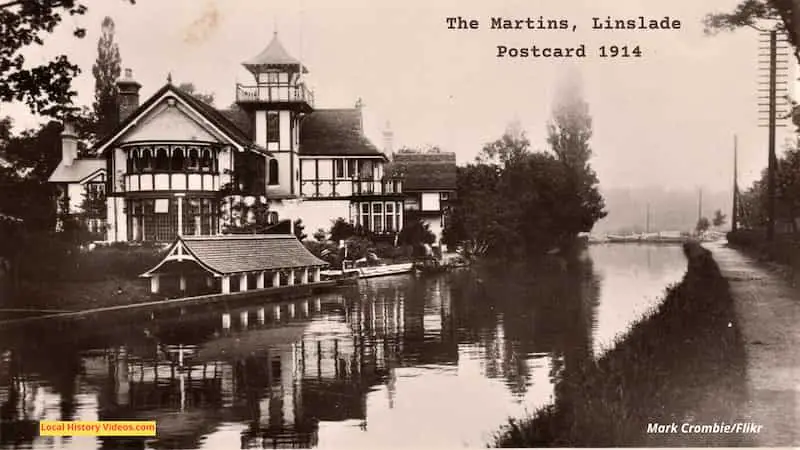Glimpse history through old images of Leighton Buzzard, in Bedfordshire, England.
Old Photos of Leighton Buzzard
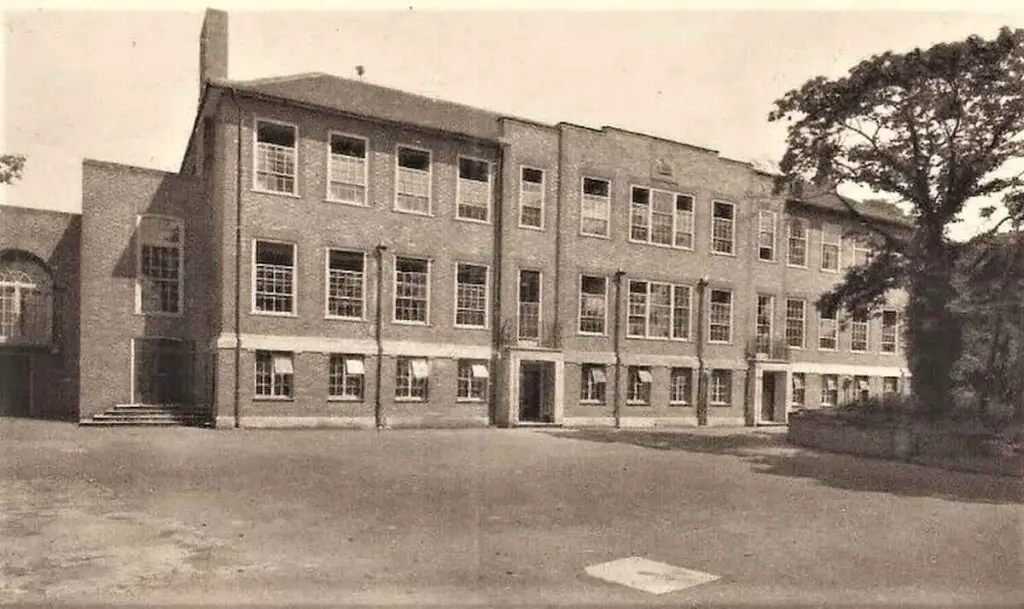
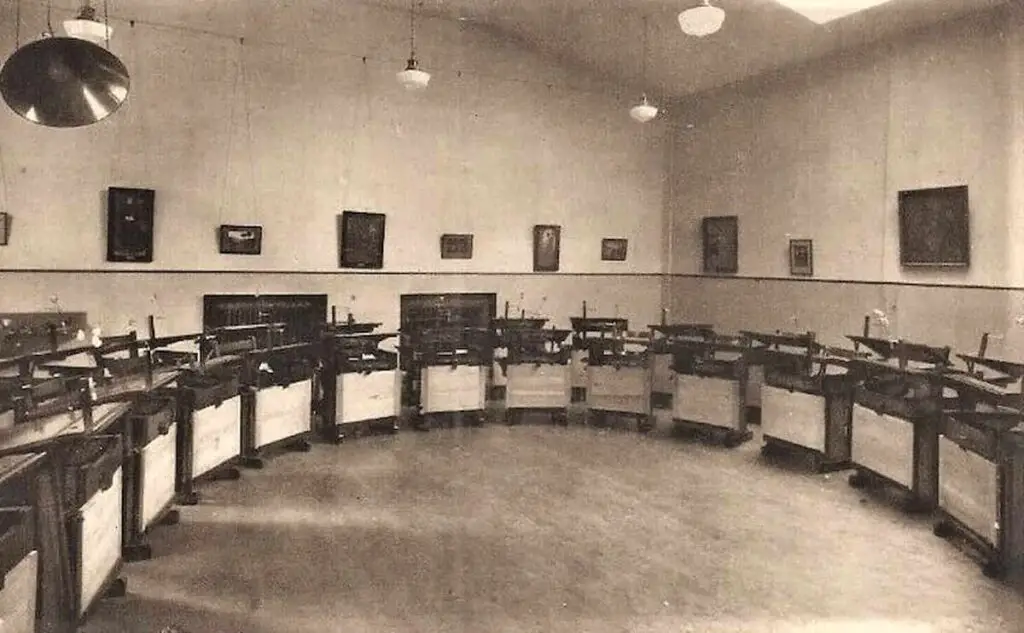
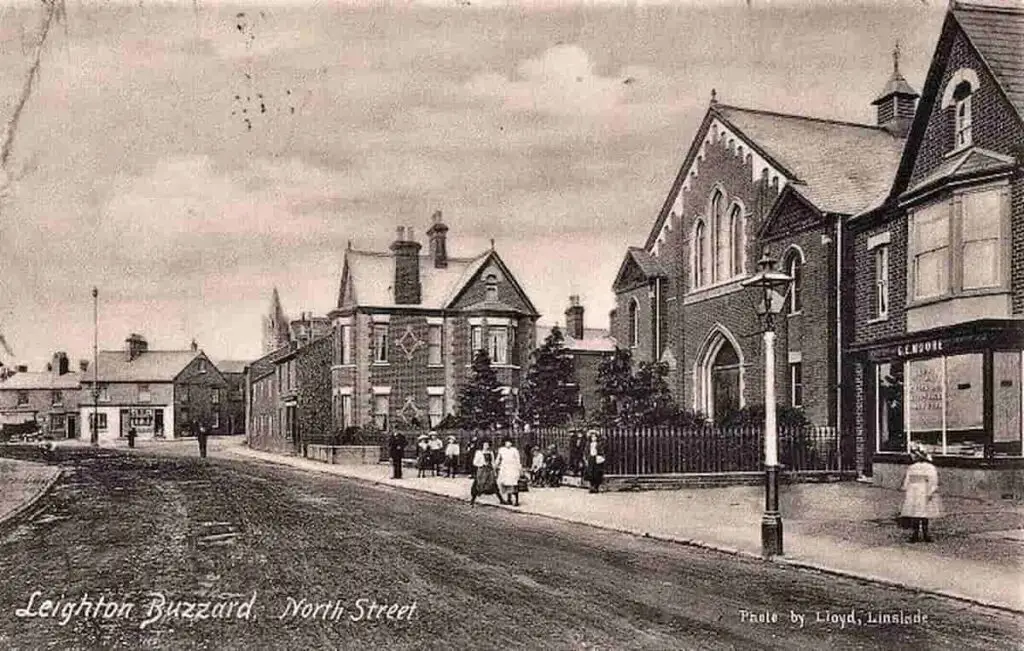
Soap Box Derby: 1951
The Leighton Buzzard soap box derby, racing 60 home made carts steered by children, was well organised for post-war Britain, with lots of adults helping out.
There are some glimpses of houses in the background, including a couple of good street shots.
Soap Box Derby (1951) – British Pathé on YouTube
Songs of Praise: 1977
In 1977, an episode of Songs of Praise was recorded at Leighton Buzzard’s All Saints Church.
It was a very popular series, broadcast at teatime on Sundays in an era where there were only three channels on air and no video players yet.
Songs Of Praise 1977 from All Saints Leighton Buzzard – aviatorAB380 on YouTube
A bit of Leighton Buzzard history
Extract from:
“Post office directory of Berkshire, Northamptonshire, Oxfordshire, with Bedfordshire, Buckinghamshire, and Huntingdonshire [afterw.] The Post office directory of Northamptonshire, Huntingdonshire, Bedfordshire, Buckinghamshire, Berkshire, and Oxfordshire”
by Kelly’s directories, Ltd.
Published in 1847
Page 1734
LEIGHTON-BUZZARD, a parish in the Hundred of Manshead; it contains the chapelries of Billington, Eggington, Heath and Reach, and Stanbridge, and the market town of Leighton-Buzzard.
The adjunct to the name is generally thought to be a corruption of Beau-desert, though some have derived it from Bozard, otherwise Basart, the name of an ancient family, one of whom was knight of the shire in the reign of Edward III.
Some have conjectured that this is the place called Lygan Burgh, mentioned in the Saxon chronicles as having been taken in 571 by Cuthwulf, brother of the King of Wessex.
This town so much increased in importance since the opening of the London and Birmingham Railway, of which it is a principal station-stands on the north-western border of the county, and on the eastern bank of the river Ouse or Ousel; it consists of one wide street, branching off north and south, at the market place.
The female inhabitants are chiefly employed in the manufacture of straw plait and lace.
The Grand Junction Canal runs between the railway and the town. The canal and railway give to the inhabitants a ready communication both with the metropolis and the northern counties, and a branch railway is being formed to Dunstable, a distance of 7 miles.
The market, which is held on Tuesday, is the first in the county for the sale of corn, cattle, provisions, and other merchandise.
This is a polling place for the county.
The fairs are generally large for horses and cattle, and are held on February 5, the second Tuesday in April, Whit-Tuesday, July 26, Oct 21, and the second Tuesday before Christmas in Day.
The manor belongs to the Dean and Canons of E Windsor; whose lessee, Lord Leigh, holds courts leet 2 and baron, in May and October.
The market-house is a very old building, and in a dilapidated state; a new one will shortly be substituted.
Living, a vicarage in the peculiar jurisdiction and patronage of the prebendary of Leighton Buzzard, in the cathedral of Lincoln, valued at £193.
The church, which was formerly collegiate, is a spacious cruciform structure, dedicated to All Saints. The prevailing style of the architecture is the early English; and a massive tower, with an octagonal spire 193 feet high, springs from the intersection. In the interior are some ancient monuments, and it has lately been repewed by public subscription.
The Baptists, Wesleyan Methodists, and Society of Friends, have places of worship here; and a Temperance hall has lately been erected by two private individuals.
In the market place is an extremely ancient cross of pentagonal form, on the perpendicular English style; near the top are five niches, containing statues of a bishop, St. John, the Virgin and child, and others much mutilated; the height is about 40 feet. It is supposed to have been erected by the monks.
Leighton-Buzzard is one of the polling places for the county members; it is also the centre of a Union, under the Poor Law, consisting of 17 parishes, including its hamlets.
Here is also an Alms-house, founded in 1630 by Edward Wilkes, and further endowed in 1692 by Matthew Wilkes, and is governed by eight trustees; the income is expended in placing out as apprentices four boys and four girls, every six years; and maintaining eight poor widows, who each receive 6s., weekly, besides fuel and clothing.
There are several other charities, the funds of which are distributed in bread to the poor several times in the year.
A wool fair and agricultural society have lately been established. The former is rapidly increasing, and is considered, for the business transacted, not to be equalled by any other town in the county or neighborhood.
The population of Leighton Buzzard in 1841 was 3,965, and consisted of 785 houses, with 2000 acres of land; and of its hamlets 2,083, and consisted of 445 houses.
Distance from London, by railway, 40 1/2 miles; from Bedford, 20; Woburn, 6; Ampthill, 14; Dunstable, 7; Aylesbury, 10; Hemel Hempstead, 15.
Bedfordshire Gifts
Gifts for the loveliest grandma in Bedfordshire, from Redbubble.


More about Bedfordshire
- Old Images of Sandy, Bedfordshire
- Old Images of Eaton Bray, Bedfordshire
- Old Images of Luton, Bedfordshire
- Old Images of Leighton Buzzard, Bedfordshire
- Old Images of Dunstable, Bedfordshire
- Old Images of Bedfordshire, England
- Old Images of Linslade, Bedfordshire
- Bedford In The 21st Century
- Videos Of Bedford In The 1980s
- Bedford Gifts: Online Presents & Gift Ideas

